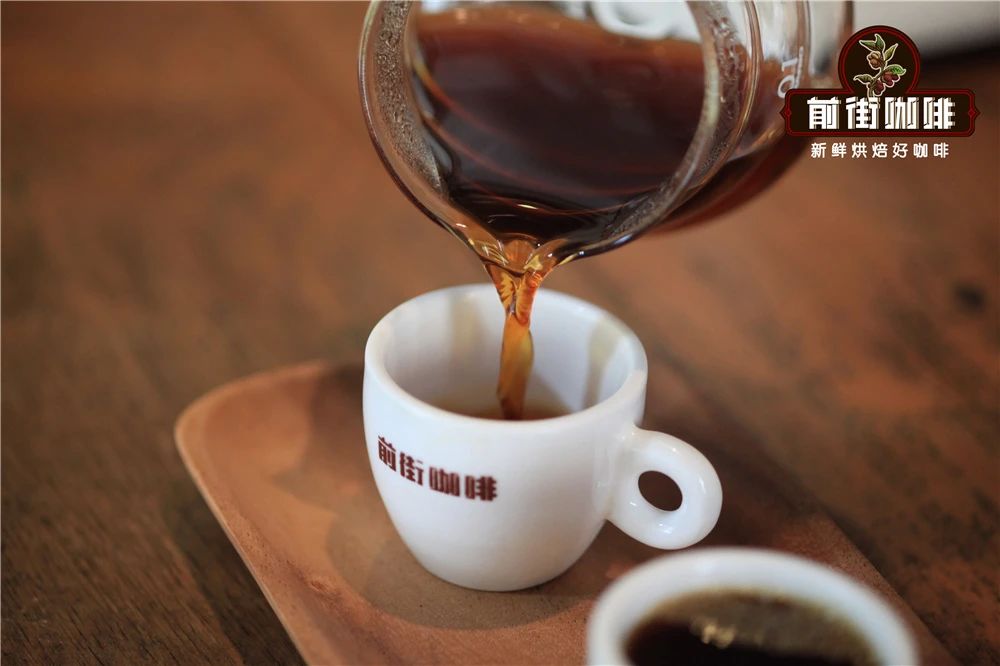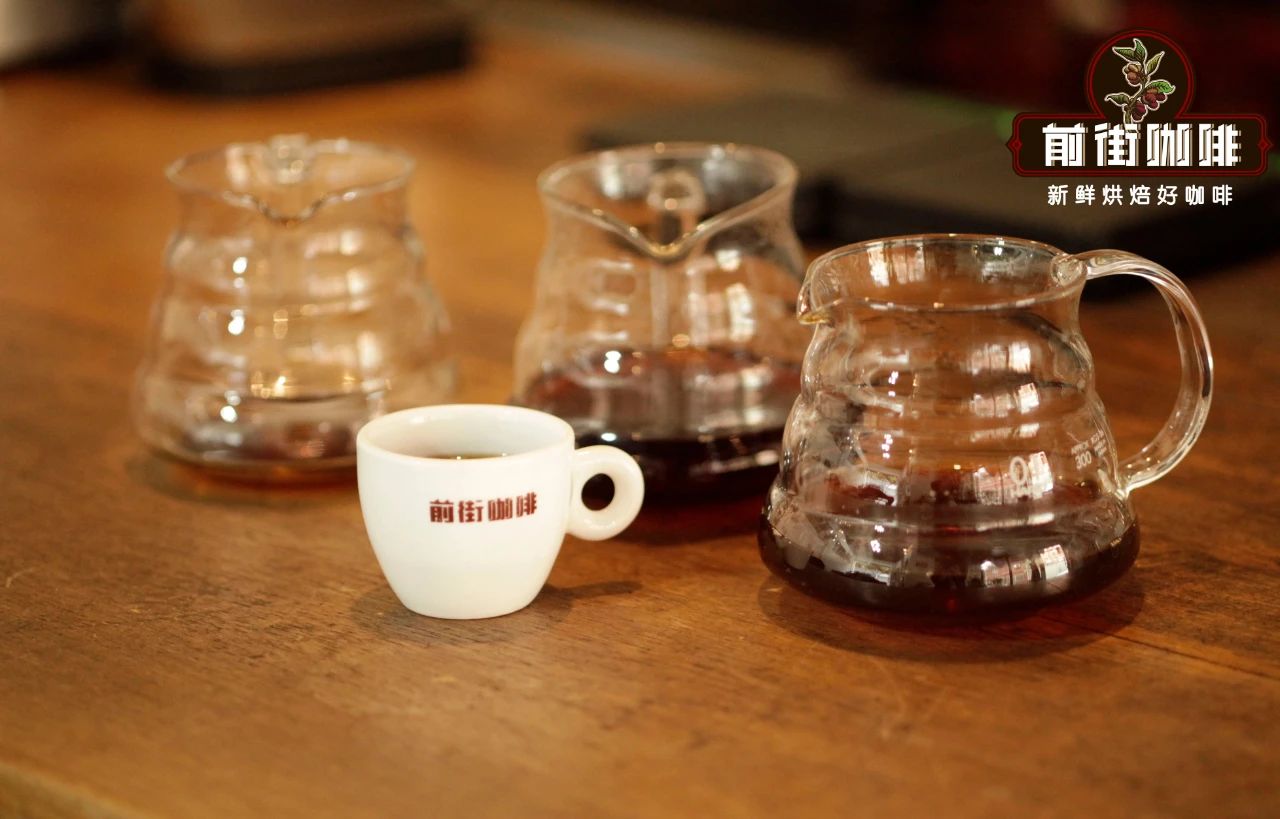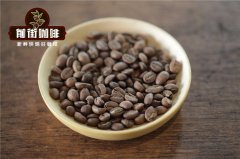How to taste a cup of coffee? How to describe the flavor of coffee? What are the flavor characteristics of hand-brewed coffee
Guide reading
Tasting coffee is like tasting wine. When we taste a cup of fine coffee, we naturally have the desire to taste the flavor of coffee and express the flavor of coffee.
How to taste a cup of coffee?
This question can be divided into two aspects, one is about the process of tasting coffee, and the other is the perspective of tasting coffee (entry point).
Why is coffee described in terms of flavor rather than taste? The reason is very simple, taste only refers to the sense of taste, while the taste of coffee is three-dimensional, divided into aroma (smell), taste (taste), taste (touch). Therefore, it is not just drinking coffee when tasting a cup of coffee.

When coffee beans are ground into coffee powder, a large number of aroma substances of coffee will be lost in the air, and this is our first taste-smell dry incense. The aroma of dry coffee powder is also different from that of coffee liquid, so after brewing, the coffee liquid is poured into the cup, and we smell it again, this time for wet fragrance.
The next step is to taste the taste and taste of the coffee. Some old coffee drinkers like to taste the coffee by sipping (the action of sipping can atomize the coffee liquid and feel the flavor of the coffee through the sense of smell behind the nose), while tasting coffee is divided into high-temperature flavor and low-temperature flavor. As the temperature drops, the flavor of coffee (or perceived coffee flavor) will also change. So it takes less than ten minutes to taste a cup of coffee completely.
How to describe the flavor of coffee?
We might as well borrow the Coe cup test point of view, in the cup test coffee items can be subdivided into aroma, cleanliness, sweetness, acidity, taste, flavor, aftertaste, balance.

Aroma
The aroma can be said to be the soul of a cup of coffee, and many friends who enter the coffee are deeply attracted by the aroma of the coffee. The aroma is also divided into dry incense and wet fragrance. Dry incense refers to the aroma emitted by freshly ground coffee powder, and wet fragrance is the aroma emitted by coffee liquid after brewing. Some coffee beans have highly recognizable aromas, such as rose coffee with white and elegant flowers, Shirley coffee with strong vanilla aroma, tiger manning coffee with Chinese herbal aroma and so on.
Cleanliness
Cleanliness refers to coffee without any defective taste or unpleasant taste. Coffee with soil mold, medicine iodine, onion, rubber and other bad taste means that the coffee is not clean enough.

Sweetness
Sweetness refers to the feeling of taste, the sweetness of a cup of coffee can increase a lot of points, and there are many factors that affect the sweetness of a cup of coffee. such as planting (red fruit), treatment (sun washing sweeter than water), roasting (caramelization reaction), brewing (techniques and parameters). Sweetness can also be divided into fruit sweetness, honey sweetness and caramel sweetness.
Acid quality
Acidity refers to the acid in our sense of taste, as well as the amount of saliva secreted on both sides of the tongue. On the one hand, acidity not only describes the strength of coffee acid, but also describes the sour quality of coffee. For example, we will describe coffee with citrus acid in Yega Coffee and obvious berry acid in coffee in Kenya. Of course, acids also include bad acids, such as decanoic acid and concentrated acetic acid.

Taste
This is part of the sense of touch, and it also describes the mellow thickness, volume, and body of coffee. A cup of coffee taste mellow can improve a lot of impression points, many people mistakenly think that alcohol thickness is concentration, the stronger the coffee alcohol thickness, the higher the thickness. In fact, this is not accurate, the concentration is the proportion of the number and types of soluble components in coffee. The feeling of alcohol thickness mainly comes from the oil and fiber insoluble in water in the coffee solution. This feeling can be compared with water, milk and light cream.
Flavor
Flavor refers to the overall feeling that we drink this coffee, combined with a variety of feelings such as smell and taste. These directly reflect the taste of this coffee and are the direct basis for describing the taste characteristics of the coffee. The description of coffee requires a certain degree of association, for example, our memory of lemon is acidity and the fragrance of lemon oil, the memory of cocoa is mellow and bitter, and when we taste coffee, if one of the characteristics awakens your memory of something, it can be connected. So, the most important thing to describe the flavor of coffee is to taste it.

Yu Yun
Yuyun refers to the various flavors and aromas that remain in the mouth after drinking coffee. If the good flavor stays for a long time, we can describe the long finish of this coffee. Like Panamanian rosy summer coffee, after drinking, the finish rhyme is a light fragrance of flowers and green tea.
Balance degree
The degree of balance refers to whether the indicators of coffee are balanced. For example, whether it will be too sour or bitter, these are the basis for us to describe whether this coffee is balanced or not.
Important Notice :
前街咖啡 FrontStreet Coffee has moved to new addredd:
FrontStreet Coffee Address: 315,Donghua East Road,GuangZhou
Tel:020 38364473
- Prev

There are wrinkles on the surface of coffee beans. Are they defective beans? The reason for the oil on the surface of coffee beans?
Why is the surface of coffee beans crumpled? are they bad beans? The coffee beans are out of oil. how long have you been putting them? This is also the question that many guests have about coffee beans! Qianjie Coffee will answer your questions through this article. Why do coffee beans wrinkle? People's impression of coffee beans should be smooth, and wrinkled lines may appear.
- Next

The origin of the name of individual coffee beans? How to tell the difference between four types of Manning coffee beans?
When the guide came to Qianjie coffee, many guests looked at the dense bean list for a long time. Today, Qianjie Coffee will introduce why these beans are called by this name. Named in the form of producing area / origin / producer. Nowadays, most individual coffee beans are named in this form, which makes it more intuitive.
Related
- Beginners will see the "Coffee pull flower" guide!
- What is the difference between ice blog purified milk and ordinary milk coffee?
- Why is the Philippines the largest producer of crops in Liberia?
- For coffee extraction, should the fine powder be retained?
- How does extracted espresso fill pressed powder? How much strength does it take to press the powder?
- How to make jasmine cold extract coffee? Is the jasmine + latte good?
- Will this little toy really make the coffee taste better? How does Lily Drip affect coffee extraction?
- Will the action of slapping the filter cup also affect coffee extraction?
- What's the difference between powder-to-water ratio and powder-to-liquid ratio?
- What is the Ethiopian local species? What does it have to do with Heirloom native species?

